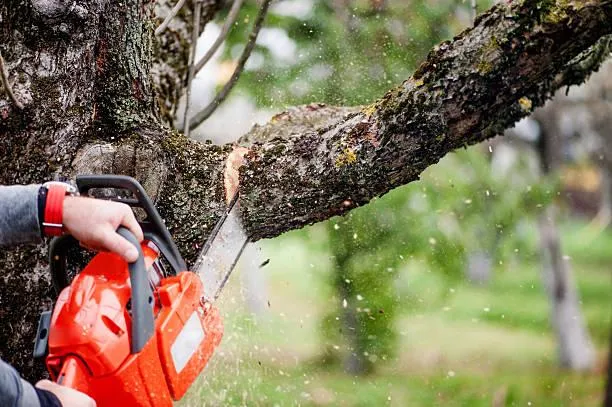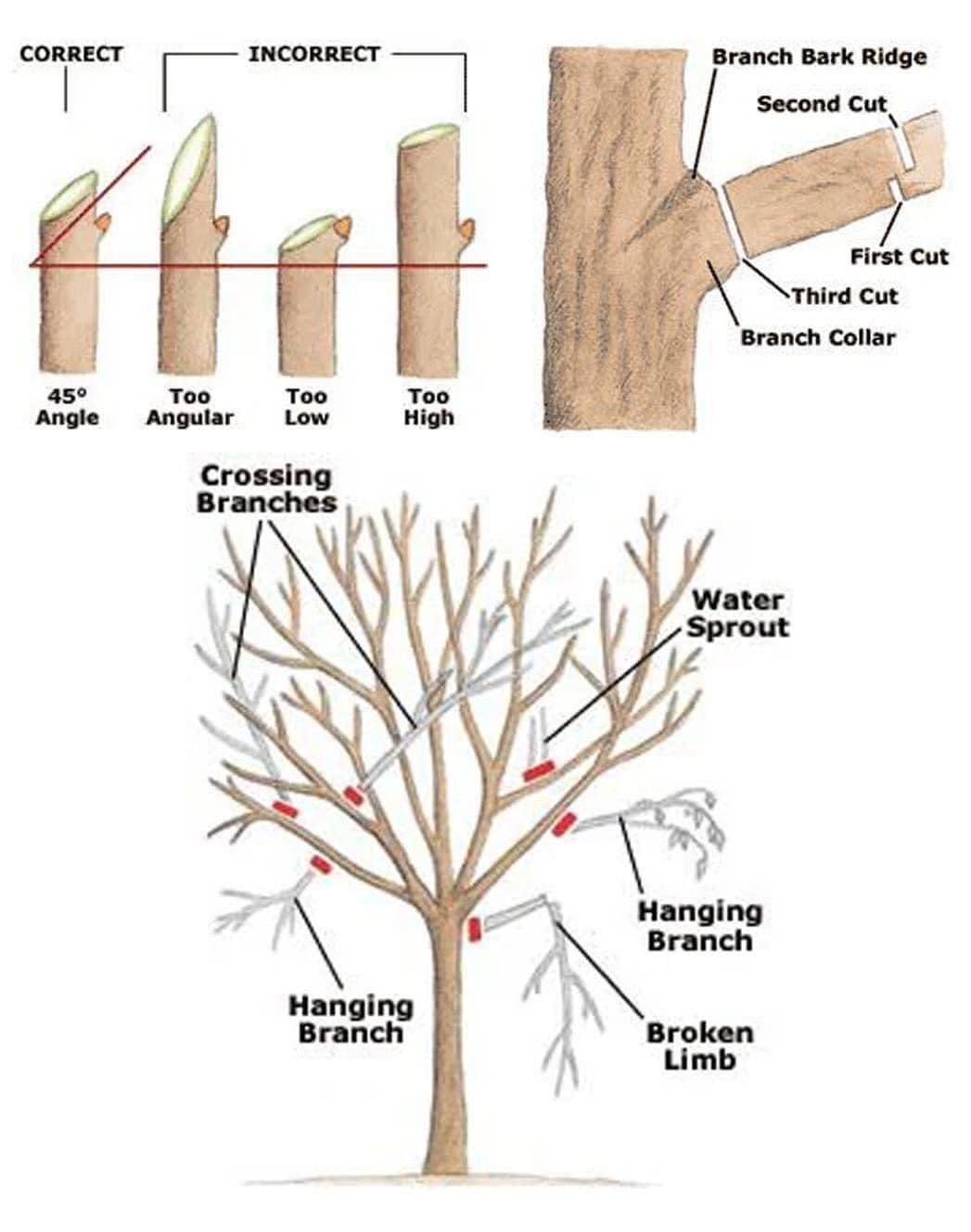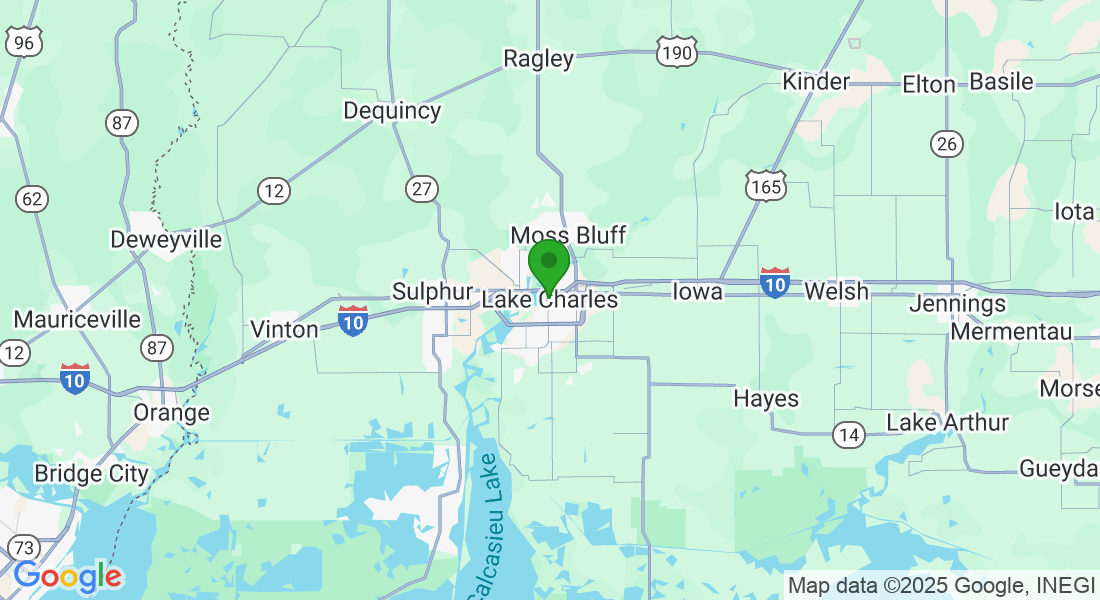Landscape Advice, DIY tips, and more from Deepwoods

Homeowners Guide to Tree Service
The Smart Homeowner's Guide to Tree Service: Trim, Cut, and Clean Up Right
If your trees are looking a little shaggy or dropping limbs like it's their full-time job, it's probably time for some professional trimming. But what really goes into a proper tree service? It's more than just grabbing a chainsaw and going to town (although that is pretty fun.)
In this blog, we're breaking down what tree trimming actually involves so you can:
Know what tools and safety measures are must-haves
Understand the science (yes, science!) of where and how to cut
Learn the best ways to handle all that leafy debris after the job
Avoid common trimming mistakes that can harm your trees
Know when it's time to call in the pros
Let’s dig in.
1. Gear Up: Tools and Safety for Tree Trimming
Before a single branch comes down, you need the right equipment. Tree trimming isn’t just about brute strength—it’s about precision and protection. Here’s what the pros use:
Safety gear: Gloves, safety glasses, hearing protection, and sometimes even a helmet and harness if climbing is involved
Cutting tools: Pole saws, pruning shears, chainsaws, handsaws, and loppers for various thicknesses
Ladders or lifts: For reaching higher branches safely without compromising balance
First aid kit: Make sure to include gauze and a tourniquet. When working with chainsaws, band-aids don’t always cut it! (no pun intended…)
Our team never approaches a job without thoroughly assessing the area. That includes checking for:
Power lines: These pose serious safety hazards
Tree health: Signs of disease, pest infestations, or internal rot
Ground stability: Especially important on slopes or uneven terrain
This step is crucial for planning a safe and efficient trim. A little prep goes a long way.
2. Cut Smart: Where and How to Trim for Health and Shape
Every branch you cut affects the overall health and appearance of a tree. That’s why strategic pruning is key. When trees are pruned correctly, they not only look better but also live longer.
Best Practices for Strategic Trimming:
Where to cut: Right at the branch collar (that swollen area where the branch meets the trunk). This helps the tree seal the wound naturally.
What to cut: Focus on removing dead limbs, weak branches, or any limbs that cross over or rub against each other.
How much to cut: Stick to trimming no more than 25% of a tree's canopy in one season. More than that can shock the tree.
We also consider tree species and seasonal timing. For example:
Deciduous trees do best when trimmed in late winter or early spring.
Evergreens need lighter pruning and fare better with more consistent upkeep.
Mistakes to Avoid:
Topping trees: This involves cutting off the top of the tree to reduce height—a common mistake that weakens structure and invites disease.
Flush cuts: Cutting too close to the trunk removes the branch collar and can leave the tree vulnerable.
Improper tool use: Dull blades or the wrong saw can cause ragged cuts that take longer to heal.
Proper pruning promotes airflow through the canopy, reduces storm damage risk, and encourages strong new growth. One technique we often use is lifting the tree—removing some of the lower branches to give the tree a lighter, more open appearance. It not only improves visibility and space underneath but also enhances the tree's shape and balance, making your whole yard feel a bit more open and polished. It’s a win-win for beauty and safety.

3. Clean Sweep: Disposing of Tree Debris Responsibly
Tree trimming leaves a mess. Branches, leaves, and twigs pile up fast, and what you do with them matters. You’ve got a few solid options:
Split for firewood: If the wood is clean and dry, it's perfect for heating your home come winter. You can handle the splitting or we can help.
Take to a local wood shop: Got large, clean chunks? Some woodworkers are happy to mill them into slabs for furniture or crafts.
Rent a chipper: If you’re up for the DIY approach, chipping the branches yourself turns debris into useful mulch.
Leave it to us: Want it all gone without lifting a finger? We’ve got you. We’ll load it up and haul it off so you don’t have to think about it again.
Unfortunately, there aren’t many green waste facilities nearby, and on-site chipping can be costly. But if you're game to rent a chipper yourself, that’s always on the table.
The bottom line: You’ve got flexibility. Whether you want to keep every log or have us handle every leaf, we’re happy to make it easy.
4. Bonus Section: When to Call the Pros
While DIY pruning has its place, some situations call for trained eyes and hands. You should consider professional tree service when:
Branches are near power lines
The tree is very tall or wide
You see signs of disease or decay
The job requires climbing
You want to avoid injury or property damage
We’ve seen plenty of YouTube-inspired attempts go sideways. Sometimes it’s better—and cheaper in the long run—to let the pros handle it.
Tree Trimming That Does More Than Cut Corners
There’s a right way and a risky way to trim trees. When you choose a professional tree service like ours, you're getting years of know-how, sharp tools, and a team that treats your trees (and your property) with care.
Book your free quote today at https://deepwoodsllc.com/contact-us or call us at (337) 540-6411. Let’s get your trees in shape—the safe and smart way.
P.S. Tree trimming isn’t just seasonal upkeep. It’s a safety measure, a health checkup, and a boost for your curb appeal. Don’t wait for a limb to come crashing down—let’s get ahead of it together.


